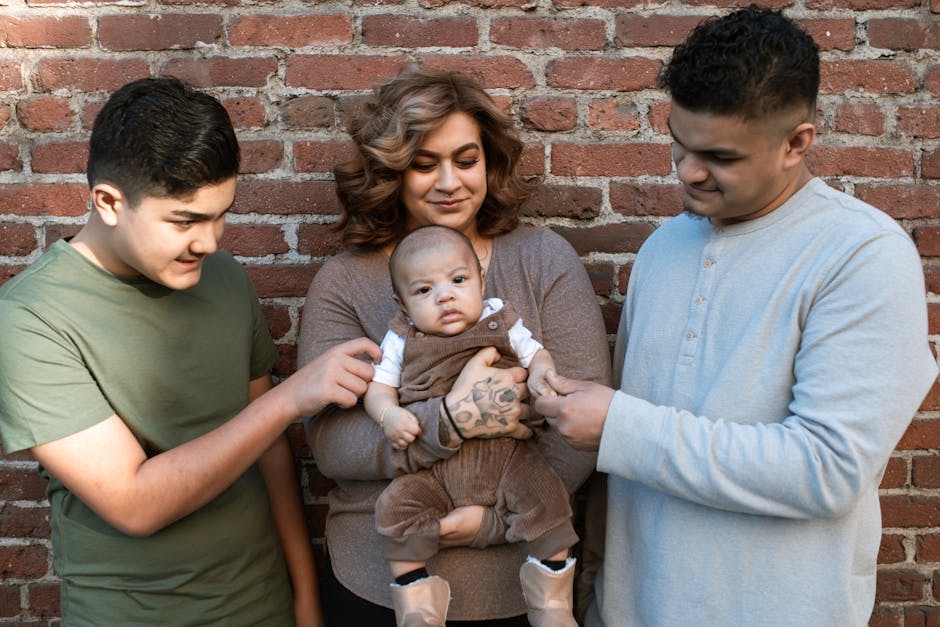Behind the closed doors of homes across India, a silent epidemic continues to rage. A new, sobering report by the World Health Organization (WHO) has put a stark number to this crisis, revealing that nearly one in three women in India—approximately 30 percent—have been subjected to physical or sexual violence by an intimate partner in their lifetime.
This isn’t just a statistic; it’s a reflection of the lived reality for millions of our mothers, sisters, and daughters. The WHO’s global report paints a grim picture, but when contextualised for India’s vast population, the scale becomes almost incomprehensible. It signifies a deeply entrenched public health and human rights crisis that can no longer be ignored.
Understanding the Scale of the Crisis
The report defines intimate partner violence (IPV) as any behaviour within an intimate relationship that causes physical, sexual, or psychological harm. This includes acts of physical aggression, sexual coercion, psychological abuse, and controlling behaviours.
What is perhaps most alarming is that this 30 percent figure is likely just the tip of the iceberg. The deep-seated social stigma attached to domestic violence and the fear of reprisal mean that a vast number of cases go unreported. The “log kya kahenge?” (What will people say?) syndrome, coupled with economic dependence and a lack of faith in the justice system, forces countless women to suffer in silence.
The Deep-Rooted Causes of Violence
The roots of this violence run deep into the soil of our society, nourished by patriarchal norms that uphold male authority and control. These outdated mindsets often justify violence as a man’s right or a tool for “disciplining” a partner, creating a toxic environment where abuse is normalized.
While India has progressive legislation like the Protection of Women from Domestic Violence Act, 2005, its implementation on the ground remains a significant challenge. Awareness is low, and accessing legal and police support can be an intimidating, often re-traumatising, experience for survivors.
The “Shadow Pandemic”: COVID-19’s Impact
The COVID-19 pandemic and subsequent lockdowns only exacerbated this shadow pandemic. With families confined to their homes, many women were trapped with their abusers, cut off from support systems like friends, family, and NGOs. Helplines across the country reported a massive surge in distress calls, laying bare the vulnerability of women in their own homes.
The Lasting Scars: Consequences of Abuse
The consequences of this violence are devastating and long-lasting. Beyond the immediate physical injuries, survivors face severe mental health challenges, including depression, anxiety, and post-traumatic stress disorder (PTSD). The trauma also casts a long shadow on the next generation, as children who witness domestic violence are more likely to either become victims or perpetrators themselves, thus perpetuating a vicious cycle.
A Call to Action: Moving from Data to Change
The WHO report is not just a collection of data; it is a call to action. It is a mirror held up to our society, forcing us to confront an uncomfortable truth. Tackling this requires a multi-pronged effort. We need:
* Stronger and more sensitive implementation of our laws.
* Community-level conversations that challenge and dismantle patriarchal mindsets.
* Prioritisation of the economic empowerment of women, giving them the agency to leave abusive situations.
* A culture where a survivor is believed, supported, and given justice, not shame.
The numbers are in. The silence has been broken by a global authority. The question now is: Are we ready to listen and, more importantly, to act?




